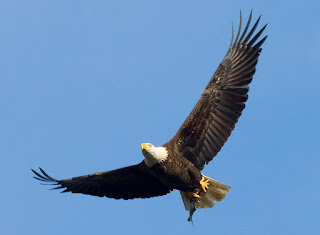Reading Notes: The Ramayana Part D
These notes are The Ramayana by Narayan There is a lot of sexism in this epic. Rama describes Sita at one point so she can be recognized and says her waist should be "delicate and unseen." I don't think that needs any more explanation, and those sexist themes will be equalized in my stories.
In Ravana's capital, his commander and chief (p. 134) chastised him for deciding to take Sita before getting rid of Rama. He said that if a monkey was challenging his authority now than next a swarm of mosquitos would do the trick. This usage of nature to humble the characters in the epic is very useful and wise. However, the trick may be not degrading monkeys and mosquitos as beneath you, which would differentiate the more enlightened characters from ones like Ravana, who is struggling.
I really like the character Hanuman. He sees the good in people; he defended Vibishana even though he came from another camp and understands someone through their lifestyle instead of their words. The bridges these two characters attempt to build between enemies is a good character trait.
The elephants with decorated foreheads moving along dejectedly (p.153) made me very sad. Subjecting an elephant to this kind of treatment is something I would have a misguided character do to emphasize their lack of skillfulness.
During the battle, Rama and Ravana control nature to fight with each other (p. 156). Ravana uses serpents, the stereotypical symbol of evil, and Rama uses eagles. They do their bidding and this gives the illusion that anger from these two characters results in control. I would like to emphasize in my story that anger breeds an attempt at control that cannot be accomplished whereas peace breeds harmony, which comes with its own natural order. Still, this is not the same thing as control, which does not exist.
In Ravana's capital, his commander and chief (p. 134) chastised him for deciding to take Sita before getting rid of Rama. He said that if a monkey was challenging his authority now than next a swarm of mosquitos would do the trick. This usage of nature to humble the characters in the epic is very useful and wise. However, the trick may be not degrading monkeys and mosquitos as beneath you, which would differentiate the more enlightened characters from ones like Ravana, who is struggling.
I really like the character Hanuman. He sees the good in people; he defended Vibishana even though he came from another camp and understands someone through their lifestyle instead of their words. The bridges these two characters attempt to build between enemies is a good character trait.
The elephants with decorated foreheads moving along dejectedly (p.153) made me very sad. Subjecting an elephant to this kind of treatment is something I would have a misguided character do to emphasize their lack of skillfulness.
During the battle, Rama and Ravana control nature to fight with each other (p. 156). Ravana uses serpents, the stereotypical symbol of evil, and Rama uses eagles. They do their bidding and this gives the illusion that anger from these two characters results in control. I would like to emphasize in my story that anger breeds an attempt at control that cannot be accomplished whereas peace breeds harmony, which comes with its own natural order. Still, this is not the same thing as control, which does not exist.
Eagle from Free Stock Photos



Comments
Post a Comment